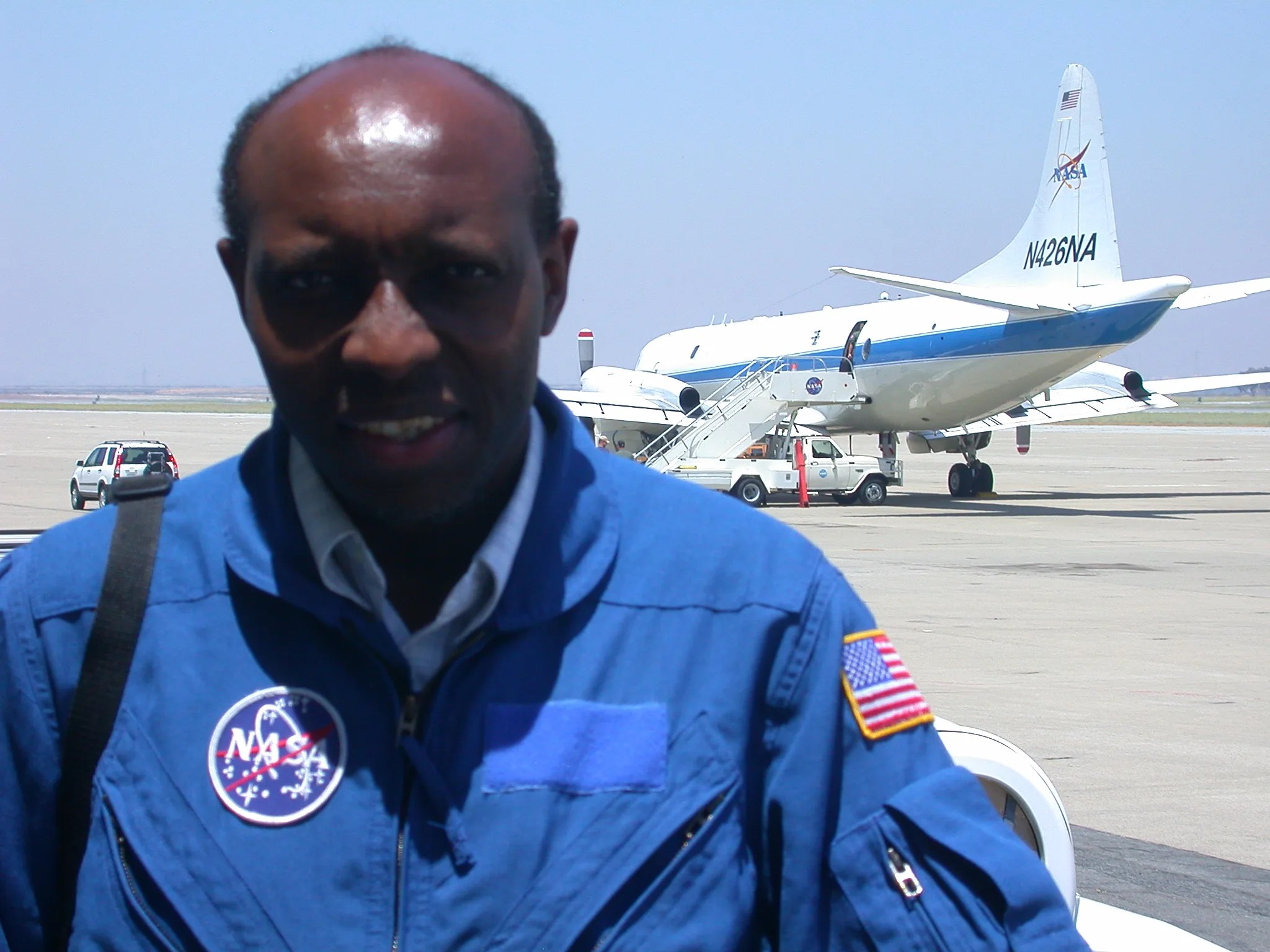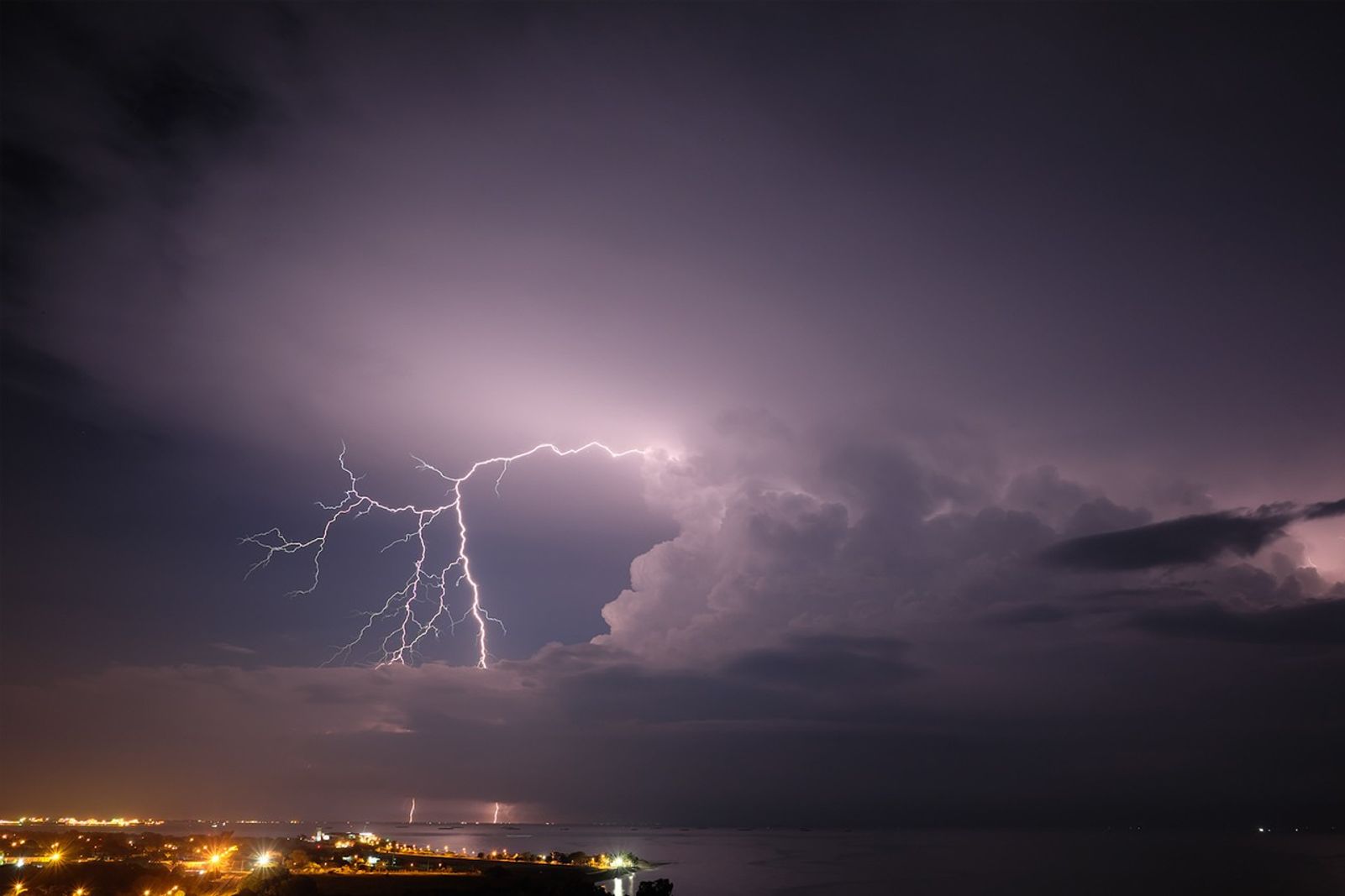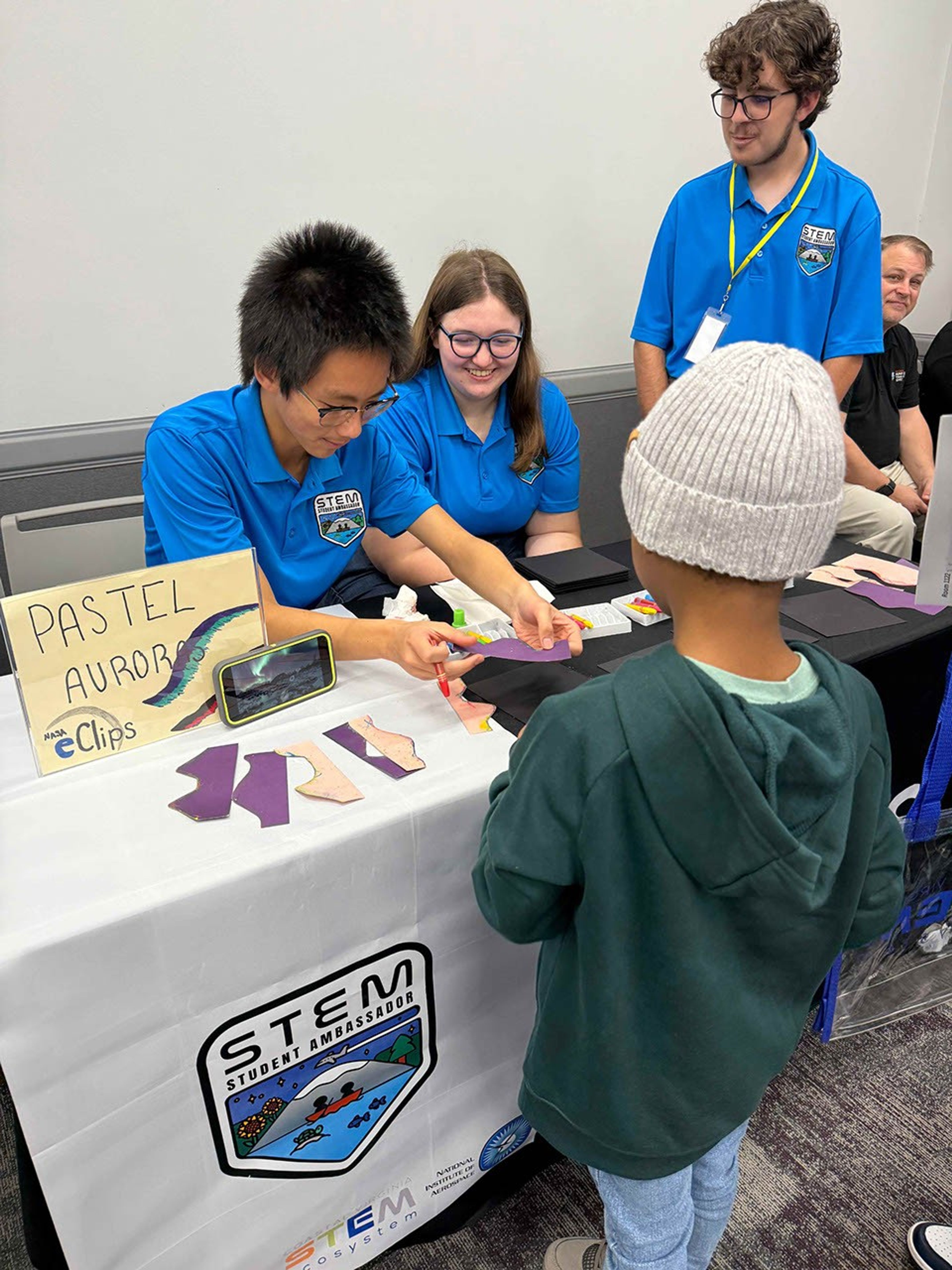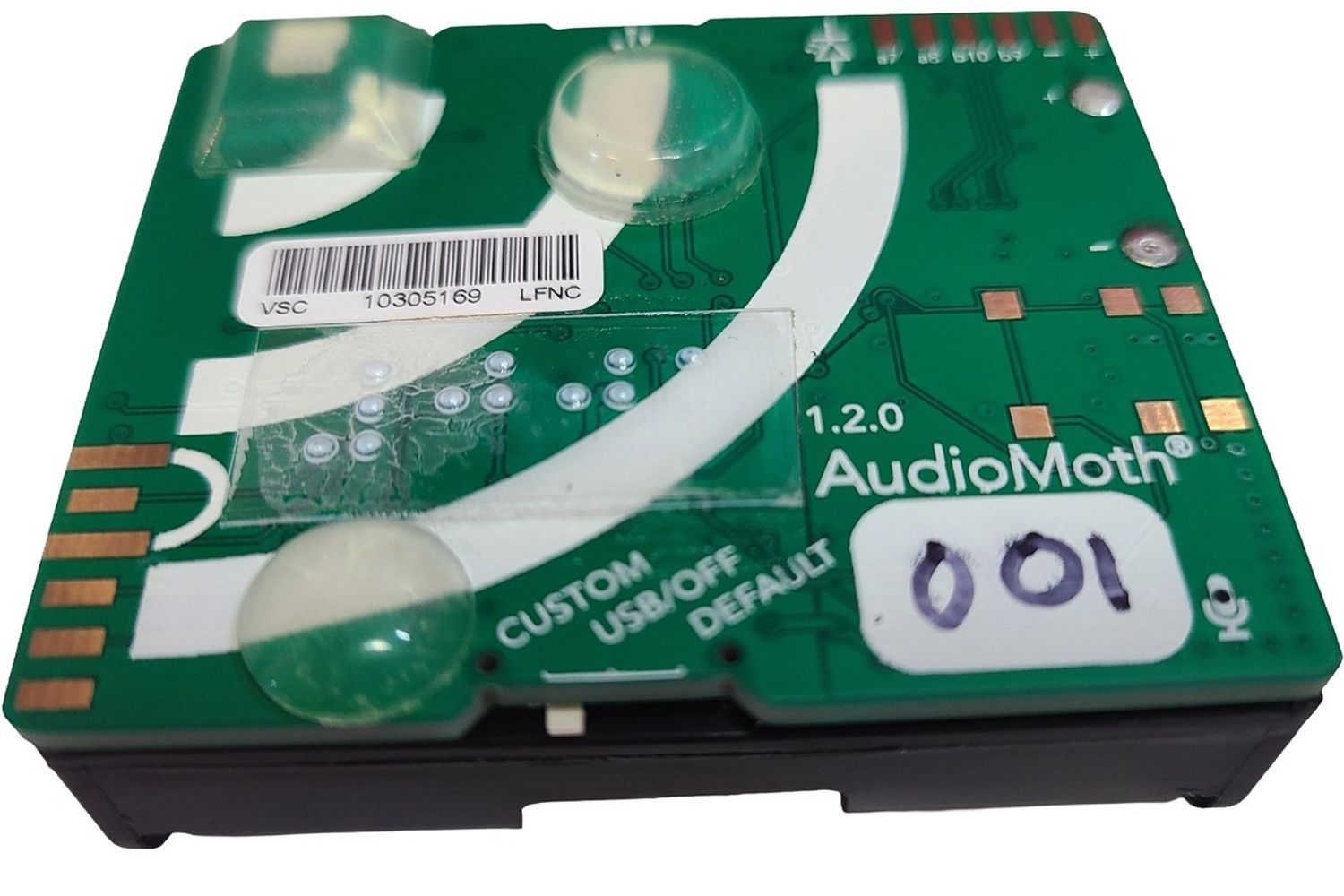by Katrina Wesencraft
This historical content may contain outdated information or references that may not reflect current policy or programs.
During his 21-year career at NASA, Dr. Charles Gatebe, Atmospheric Science Branch Chief at the Ames Research Center, has witnessed incredible progress in geosciences ‒ most recently, the landing of the Perseverance Rover on Mars, where it will collect rock and soil samples. However, when it comes to diversity, the geosciences seem to be regressing. Dr Gatebe recalls that there were around half a dozen Black geoscientists at NASA Goddard when he was hired in 1999. In 2020, this number had not increased.
According to the latest available U.S. census data, underrepresented minorities receive approximately 16–17% of all STEM degrees, but only 5–7% of geoscience degrees. Even worse, the number of minority students graduating with geoscience PhDs has flatlined for the past four decades. As the diversity of the U.S. population is growing, this translates to an alarming decrease in representation.
Dr. Charles Gatebe, Atmospheric Science Branch Chief at the NASA Ames Research Center, has seen little change in his 21-year career, despite a rise in geoscience disciplines being offered at historically Black colleges and universities, Hispanic-serving institutions and tribal colleges and universities.
“We’re not training enough students in those minority-serving institutions,” he says. “And then, even when we train them, we are not preparing them to enter into the workforce.”
Geoscientists study Earth, our oceans and the atmosphere. It is geoscientists who determine how humans affect, and are affected by, these complex systems.
But when communities are hardly represented in the field, their whole community suffers. Dr. Gatebe saw this first-hand during the Flint water crisis. The impact of this blatant environmental injustice inspired him to apply to NASA’s Science Activation Program (SciAct), which funds projects to broaden the participation of underrepresented and underserved learners.
“One of the questions I was asking is, how can we build a geoscience community that would reflect the U.S. demographics?” he says.
The SaSa Project
To help geoscience build a more diverse workforce, students need to be exposed to relevant subjects as early as possible. Experiencing quality field work, early in a student’s career or even at school, can change their perceptions about what the field has to offer.
Unfortunately, most students don’t get exposure to Earth science, atmospheric science or oceanography in high school. And at university, many students don’t have access to outdoor spaces. In addition, the cost of fieldwork can be prohibitive to students from lower-income backgrounds.
To solve these problems, Dr. Gatebe reached out to academics at six minority-serving institutions (MSIs) in Maryland, Virginia and Washington D.C. They came up with the Student Airborne Science Activation (SaSa) model ‒ and won SciAct funding for their project. Every summer, for four years, 25 MSI students will get access to NASA airborne sensors, aircraft and field sensors, and gain authentic geoscience fieldwork experience.
SaSa includes a stipend, which ensures that any student from participating MSIs can access NASA technology and experts regardless of their financial status. The eight-week program is intensive and includes the unique opportunity to fly on NASA aircraft.
“Aircraft is a symbol of privilege,” says Dr. Gatebe. “I’m breaking it down, and I’m saying no, you can actually fly on it and you can actually do science. You can be what you want.”
Dr. Gatebe wants to create a community of students and positive role models that will encourage more minority students to enter geosciences. With the SaSa program, access to NASA experts is as important as access to aircraft. The experts will engage with the learners through formal and informal mentoring. They can help with professional development as well as any difficulties the students may face.
“We include technical skill development,” Dr. Gatebe explains. “And we also provide experiential opportunities where students are exposed to real NASA content and people, so they can actually feel the importance of the processes of science. You need to understand what a scientist is and the processes involved in doing science.”
SaSa is only for students in their first and second year of university. By targeting and recruiting students early, Dr. Gatebe hopes to engage with them while their perceptions of career opportunities are just beginning to form. Having a supportive relationship with a mentor can increase students’ sense of belonging and encourage STEM career aspirations.
Breaking down barriers
Despite efforts, a number of barriers remain that prevent students from underrepresented backgrounds from succeeding in geoscience careers. With only 6% of geoscience doctorates going to underrepresented students ‒ and even fewer professorships held by Black, Hispanic and Latinx or Native American people.
The lack of diversity in geoscience causes underrepresented students to feel othered. They can face bias and discrimination from their supervisors and peers. This creates a vicious circle, in which Black and Latinx students leave STEM majors at almost double the rate of white students. And without role models, careers in geoscience fields can feel out of reach.
“I think we need to approach this in a very different way. It’s not enough simply to, say, bring more minorities into university, but we have to go that extra step of breaking the barriers to realize full integration,” says Dr. Gatebe.
Often, the communities who are most underrepresented in science are also those who are worst affected by climate change and environmental pollution ‒ in the U.S. and elsewhere. Climate change affects the whole world, but it wreaks the most havoc in developing countries. By including diverse international voices in the geosciences, people from these communities are less likely to be overlooked ‒ and potential solutions are matched to local needs and not exclusively based on rich-nation infrastructure and technology. In short, everyone should benefit from NASA technologies and discoveries.
Right here, right now
Dr. Gatebe’s own experience shows that change has been slow to come. He joined NASA in 1999. Since then, the number of Black geoscientists working at NASA hasn’t really changed.
Dr. Gatebe, who is originally from Kenya, adopted the word “sasa” ‒ meaning “now” in Kiswahili ‒ to convey the urgency of his mission, “I was reflecting on all these crises that we’re going through last year and I’m wondering, why have we waited for 400 years to make a change? Why? Why can’t we solve the problem now?”
But the SaSa project can only be a beginning. Geoscientists all over the U.S. and beyond need to work harder to remove the real and perceived barriers faced by underrepresented students and academics. In fact, this is true for all STEM fields.
“We cannot wait to see more people dying,” Dr. Gatebe says. “We cannot see more people being washed out by these floods... no, we can’t wait. It’s sasa. Sasa is now. We’ve got to solve this now.”
NASA has led the way in space science and exploration for over 60 years. Now, it’s time to lead by example and diversify the geoscience workforce, ensuring that all of society is fairly represented.



































